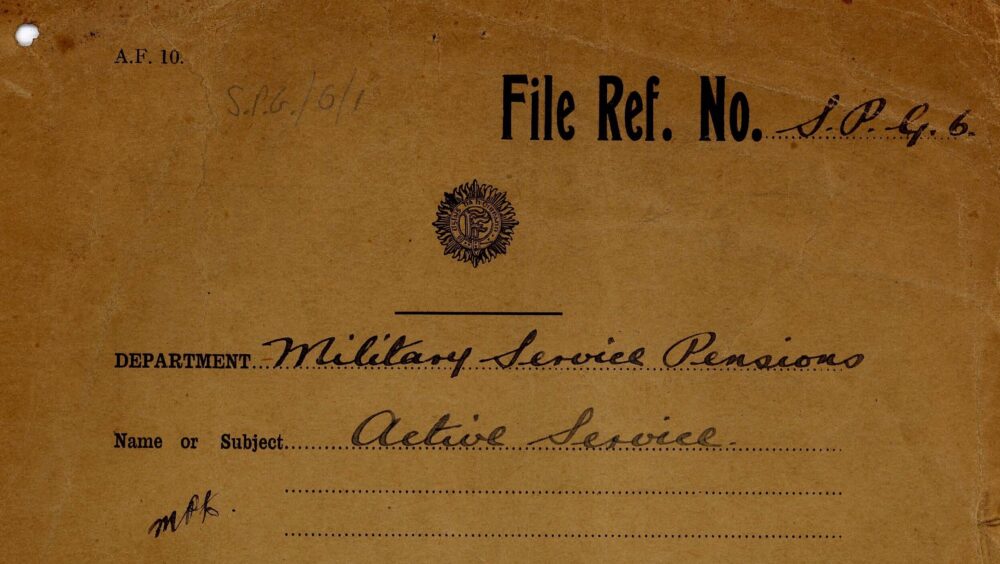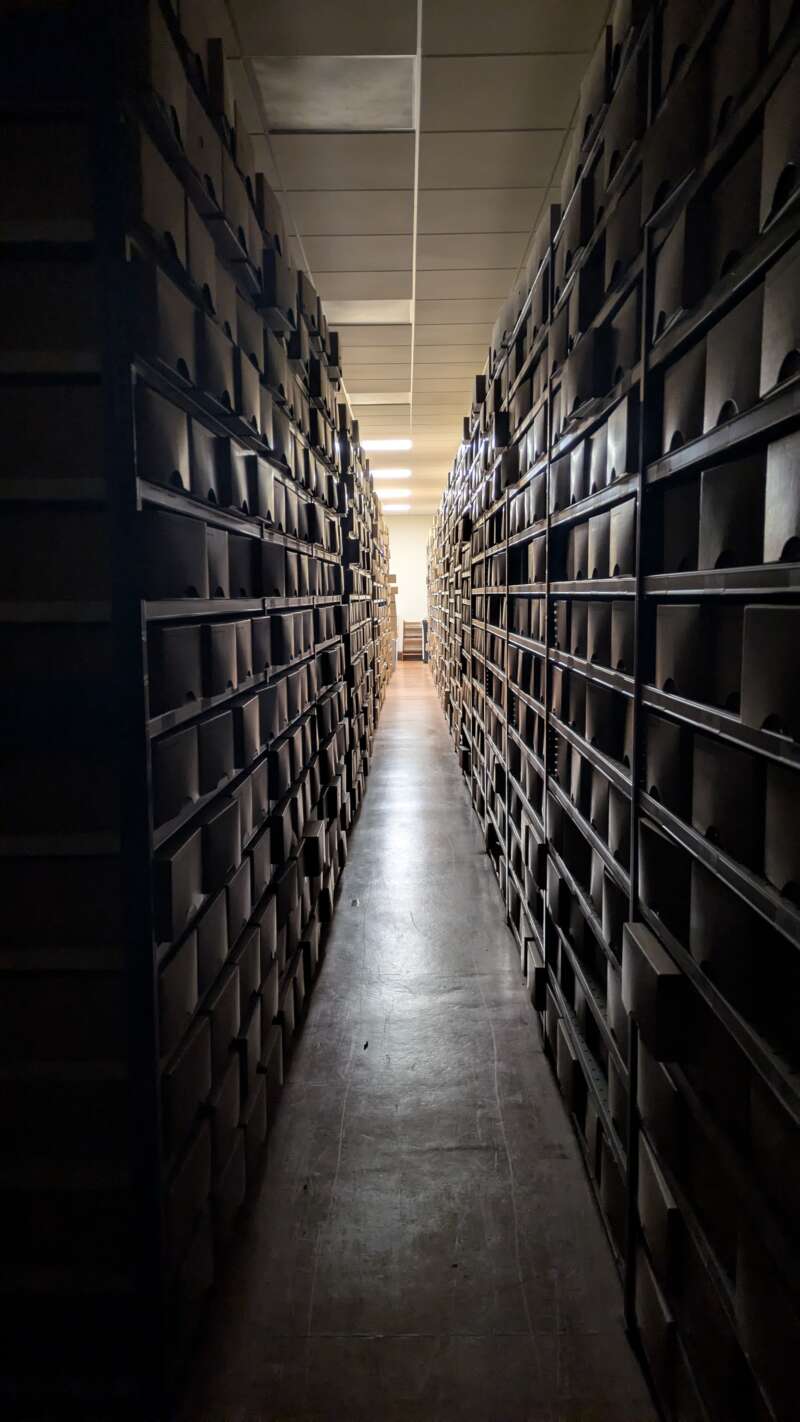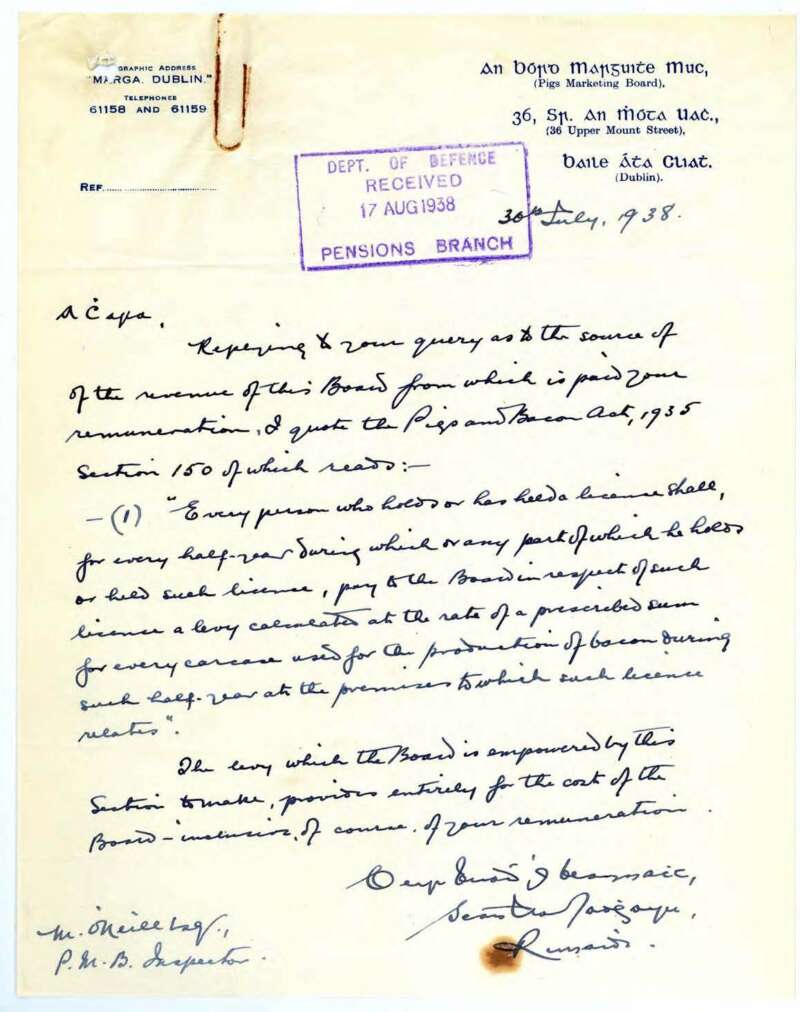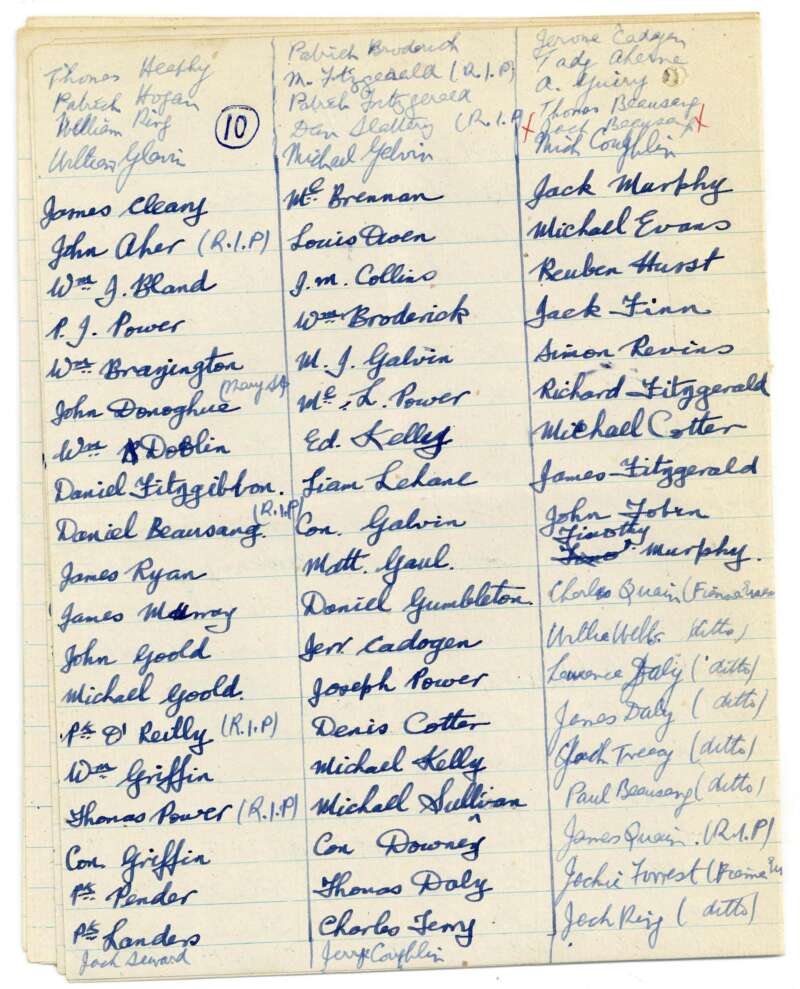Part 1: Definition of 'Active Service' in relation to verification of claims
The terms "active service", "qualifying active service", and "military service" are central to the granting of awards under the Army Pensions Acts (1923–1953), the Military Service Pensions Acts (1924, 1934), and the Military Service Pensions (Amendment) Act, 1949. These terms formed the legal basis for assessing applicants' eligibility for pensions and awards. However, throughout the operation of these Acts, various levels of dissatisfaction emerged from veterans whose applications for awards were refused. This led to significant lobbying of government departments, elected representatives and other bodies and individuals by Old IRA Associations and individual veterans, calling for changes to the term "active service" as set out and applied under the Acts. The application and interpretation of the term “active service” evolved across the different legislative frameworks, as is detailed in the Department of Defence files now available in the Military Service Pensions Collection.
- Army Pensions Acts-1923, 1927 and 1932 [PDF]
- Military Service Pensions Act, 1924 — Easter Week: The Standard [PDF]
- Military Service Pensions Act, 1934 — Adopting the 1916 Standard [PDF]
- Departmental Files [PDF]
- Changes in Legislation And Service Medals [PDF]
In particular, the absence of a clear statutory definition of “active service” caused frustration for many applicants. Under the 1924 Act, the Board of Assessors provided no written explanations when applicants were refused certificates of military service. Similarly, the Referee under the 1934 Act was not required to furnish reasons for rejections. This lack of transparency led to widespread political representations, lobbying and protests by old IRA organisations and bodies. Although the 1949 Act aimed to address some of these grievances, it appears to have done little to satisfy those already refused under earlier Acts. This is apparent in the level of papers, submissions and representatives made to the government through the departments (of the Taoiseach, Finance and Defence) by various veterans’ organisations and politicians on behalf of individuals (see files 3/15110 and 3/13070).
Beyond questions of military service recognition, veterans also raised concerns about health care, medical treatment, commemorations, and the awarding of medals. These matters are documented in the descriptive lists of departmental files released with this collection. Governmental financial constraints, as demonstrated in the files, also played a role in shaping departmental decisions.
Part 2: Verifying Applications
Under the Army Pensions Acts - The Army Pensions Board
With the enactment of the Army Pensions Act, 1923, the Ministry of Defence established the first formal procedures for administering claims. On 13 June 1923, General Richard Mulcahy submitted a memorandum proposing the creation of an Army Pensions Board to evaluate claims and advise the Minister for Defence on the financial awards of successful applications.
The approved structure of the Army Pensions Board contained:
- A Chairman with legal or judicial experience
- Representatives from the Adjutant General and the Department of Finance
- A secretary provided by the Ministry of Defence
A Medical Board was also established within the Army Medical Service with a chairman that attended as necessary meetings of the APB to advise on medical aspects of particular cases. By June 1924, the need for an appeals process became evident, leading to the appointment by WT Cosgrave (President of the Executive Council and Minister for Defence) of four surgeons from Dublin hospitals to rotate in reviewing medical assessments made by the Board. They were - Mr. R.C.B. Maunsell (Mercers Hospital), Mr. H. Barniville (Mater Hospital,) Mr. D. Kennedy (St. Vincent’s Hospital) and Mr. J.L. Keegan (Jervis Street Hospital).
Following certain difficulties, it was decided to formally establish the Army Pensions Board under the Army Pensions Act, 1927 (Sections 5 and 6). The first appointees, announced on 29 August 1927, were:
- Chairman: Mr. George Nicolls, B.A., Solicitor
- Members:
- Mr. Charles Dickson, M.D., FRCPI
- Major Thomas McKinney, Deputy Director, Army Medical Service
Reports and findings from the Board are preserved in individual veterans’ files within the MSPC, along with a selection of administrative files.
Under the Military Service Pensions Acts - Boards of Assessors and Referees
The Military Service Pensions Act, 1924
The 1924 Act established a Board of Assessors composed of three members, including a chairman who was either a Judge of the Supreme Court, High Court, Circuit Court or District Court or a practising barrister of not less than ten years standing. All three members were to be appointed by the Minister with the approval of the Executive Council. Their task was to examine applications for certificates of military service and advise the Minister for Defence on whether the applicant had qualifiable military service. The Board was constituted in October 1924 and finalised its deliberations four years later.
The Military Service Pensions Act, 1934: expanding the scope
The 1934 Act expanded eligibility to a broader category of veterans. It provided for the appointment of a Referee (a judge or senior barrister) and a four-member Advisory Committee consisting of:
- Two former high-ranking officers of the pre-Truce IRA
- One nominee from the Minister for Finance
- One nominee from the Minister for Defence
When the Referee and Advisory Committee found that some applications should have been handled under the 1924 Act, the Board of Assessors was reconstituted, with the Referee acting as chair. The reconstituted board of assessors, the Referee and Advisory Committee concluded their investigations on 31 July 1947.
- Referee and Advisory Committee -1934-1947 [PDF]
- Judges as Referees — Biographies [PDF]
- Advisory Committee — Biographies of former IRA Officers - 1934 [PDF]
Public Notice 1945
In February 1945, the Department of Defence issued a formal notice titled "Procedure followed in relation to adjudication of claims for Military Service Certificates under the Military Service Pensions Act, 1934". This was in response to representations from Old IRA organisations on behalf of unsuccessful applicants or those complaining of undue delay in the processing of applications. A total of 500 copies of the notice were printed by the Stationary Office, Dublin
View original copy of the 1945 notice.
The Military Service Pensions (Amendment) Act, 1949
The 1949 Act saw the reconstitution of the Referee and Advisory Committee, which remained in operation until 30 September 1958.
This website provides:
- A full list of the names, roles, and dates of service for individuals appointed to the Boards of Assessors, Referees, and Advisory Committee, the Reconstituted Referee and Advisory Committee (1924-1958)
- Biographical and career details including information on their involvement in the revolutionary period and later state-building efforts
An outline of the civilian structures within the Ministry/Department of Defence from its establishment in 1922 is vital to understanding many of the processes and procedures contained in the collection’s files. For more information, view a brief history of the evolution of the civil side of the Department in its first decade.
Organisations
Brief background available here regarding the “military bodies” constituting “the Forces” as applicable to the Military Service (1916-1923) Pensions Collection.







